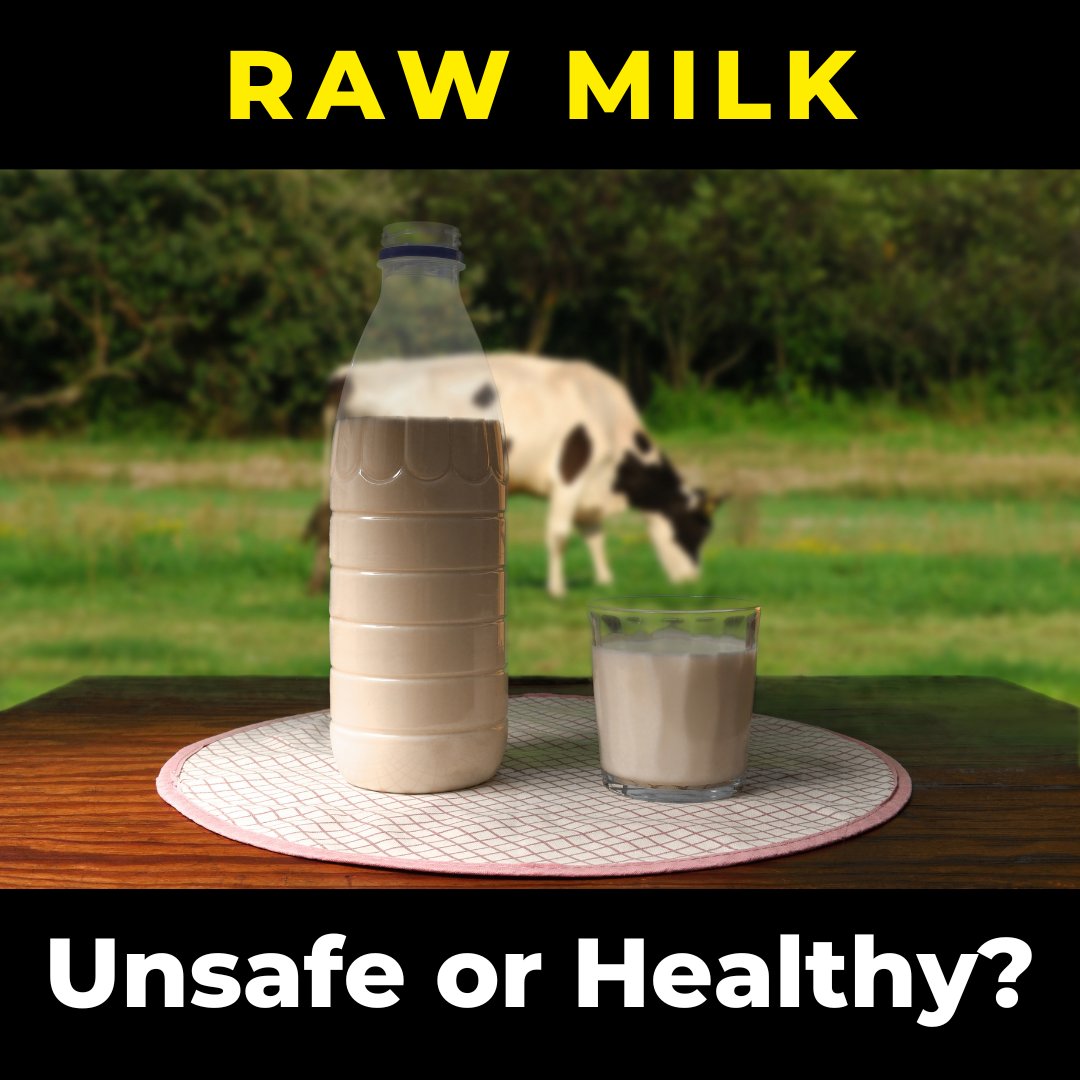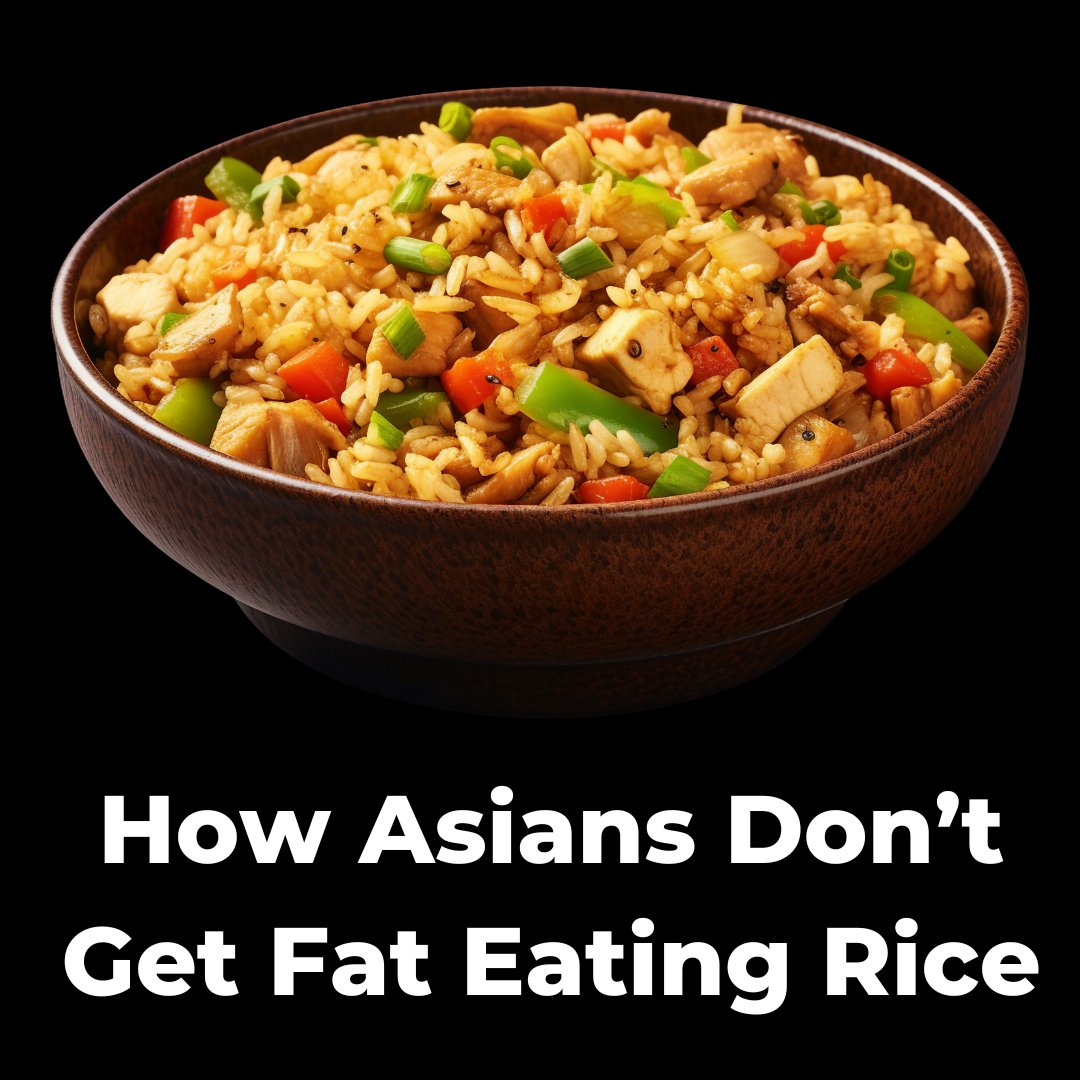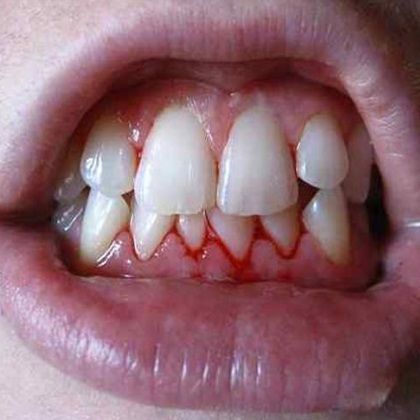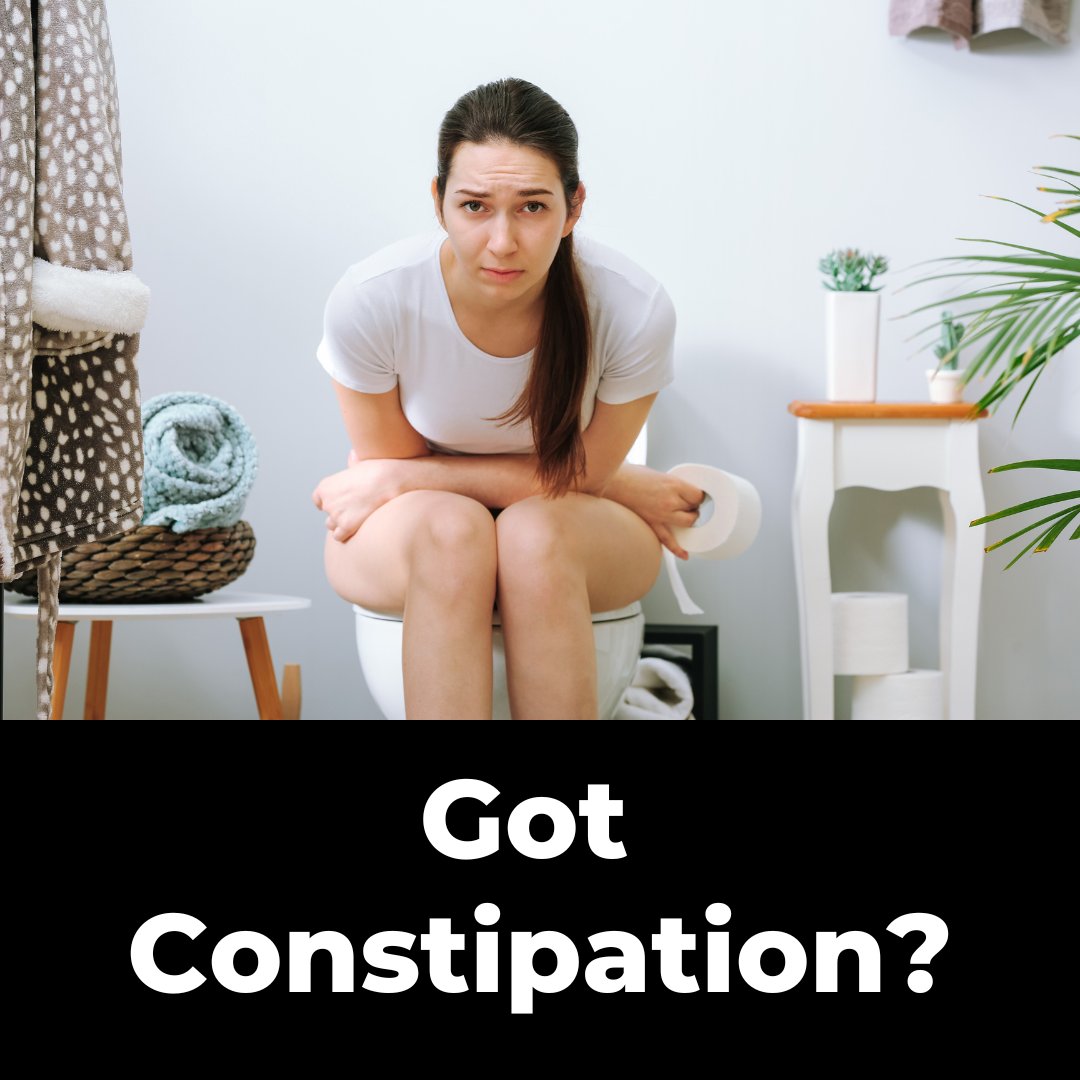Raw milk refers to unpasteurized milk.
Milk is typically pasteurized to kill bad bacteria.
However, some organizations and groups swear by raw milk.
I dug into the subject years ago.
You might be surprised like I was.
THREAD
Milk is typically pasteurized to kill bad bacteria.
However, some organizations and groups swear by raw milk.
I dug into the subject years ago.
You might be surprised like I was.
THREAD

First, we need to go and study history a little.
Cultures all around the world consumed raw milk dairy and raw milk dairy products for millennia.
The scientist Louis Pasteur discovered pasteurization in 1862 and began applying it in 1863.
Cultures all around the world consumed raw milk dairy and raw milk dairy products for millennia.
The scientist Louis Pasteur discovered pasteurization in 1862 and began applying it in 1863.
Therefore, before 1863, humans would have not consumed pasteurized milk on a regular basis.
If a food substance had regularly caused widespread sickness & death, it obviously would not have been consumed.
If a food substance had regularly caused widespread sickness & death, it obviously would not have been consumed.
So, what changed in culture that we needed to change the way we process a food item?
Well, I found it quite interesting.
I think you will too.
Let’s dive in.
Well, I found it quite interesting.
I think you will too.
Let’s dive in.
For 1,000’s of years milk from cows, sheep, goats, camels kept people from starving.
It was food that was available on any given day without hunting, fishing or gardening.
Milk allowed humans to survive.
It was food that was available on any given day without hunting, fishing or gardening.
Milk allowed humans to survive.
Additionally, the animals were portable.
As long as the animals had sunshine, grass & water, they could produce food for humans.
The milk was satiating and filled with biodiverse bacteria.
As long as the animals had sunshine, grass & water, they could produce food for humans.
The milk was satiating and filled with biodiverse bacteria.
If the milk was fermented, it had even more healthy bacteria and bioavailable nutrients.
In the 1800’s, prior to the boom of the Industrial Age, practically every farm in America had a family cow or several.
Why was this?
In the 1800’s, prior to the boom of the Industrial Age, practically every farm in America had a family cow or several.
Why was this?
Same reason as their ancestors before them.
They didn’t always have access to food as readily as we do today.
However, if you had a cow, you could at least have milk and dairy products.
They didn’t always have access to food as readily as we do today.
However, if you had a cow, you could at least have milk and dairy products.
But as people moved out of rural areas and into urban areas with the growth of the Industrial Age, they would bring their cows with them.
This began to present problems with sanitation.
This began to present problems with sanitation.
This was the first issue.
Notice it wasn’t the milk, but the change of environment that began to create the issue.
Notice it wasn’t the milk, but the change of environment that began to create the issue.
The Dark Ages Of Raw Milk
From about 1860 to 1920, this is when many issues began to occur with raw milk.
As mentioned, this was a time when many people started moving to urban areas.
From about 1860 to 1920, this is when many issues began to occur with raw milk.
As mentioned, this was a time when many people started moving to urban areas.
As I alluded to earlier, it wasn’t the milk itself that was the culprit, but the environment of the cows.
Here are the 3 primary things that began to change:
•Cow’s Diet
•Living Conditions of Cows
•Lack of Human Sewage/Toilets Affecting Water
Here are the 3 primary things that began to change:
•Cow’s Diet
•Living Conditions of Cows
•Lack of Human Sewage/Toilets Affecting Water
These in turn affected the health of the cows, and subsequently, the health of the milk humans were consuming.
One of the common practices that occurred during this era was cows coming into “distillery dairies”.
One of the common practices that occurred during this era was cows coming into “distillery dairies”.
When in the country, the cows had ample access to grass and forage.
In the city, there wasn’t as much space or grass.
So, the cows would be confined to a smaller area.
In the city, there wasn’t as much space or grass.
So, the cows would be confined to a smaller area.
And a solution to feed them was to give them the leftover grains after distilling spirits to make liquor.
The same process would be done with breweries too.
Grains are not a genetically congruent diet for cattle.
Grasses and forage are.
The same process would be done with breweries too.
Grains are not a genetically congruent diet for cattle.
Grasses and forage are.
Additionally, when grains are used to make liquor or beer, they lose even more nutrient value.
These nutrient-depleted grains are what were being fed to the cows.
A one-two punch to their diet.
These nutrient-depleted grains are what were being fed to the cows.
A one-two punch to their diet.
Some environments were so bad that the cows could hardly stand on their own because they were so sick.
Some “dairies” literally used straps attached to overhead pulleys to “stand” the cows up while they were being milked.
Some “dairies” literally used straps attached to overhead pulleys to “stand” the cows up while they were being milked.
Can you imagine the quality of milk these animals produced!?
Yuck!
And frankly, this is why many people got very sick and even died from consuming raw milk.
Yuck!
And frankly, this is why many people got very sick and even died from consuming raw milk.
This was about the time that pasteurization had been discovered.
And after applying pasteurization to the wine industry, several scientists began applying it to milk.
And after applying pasteurization to the wine industry, several scientists began applying it to milk.
They reasoned if they could simply heat up the milk and kill off the bacteria, they would save lives.
And frankly, it worked.
But what was not realized at that time was what else it did to the milk.
And frankly, it worked.
But what was not realized at that time was what else it did to the milk.
Besides killing bad bacteria, we now know that pasteurization also causes the following negative consequences to raw milk:
•Damages Proteins
•Destroys Probiotics
•Damages Omega-3s
•Destroys Lactase Producing Bacteria
•Damages Proteins
•Destroys Probiotics
•Damages Omega-3s
•Destroys Lactase Producing Bacteria
•Inhibits Bioavailable Nutrients (Calcium, Phosphorus & Others)
•Creates A Histamine Response
•Inactivates Many Immune Factors
•And Much More!
•Creates A Histamine Response
•Inactivates Many Immune Factors
•And Much More!
Unfortunately, the above damage to the milk leads to many common conditions people suffer from:
•IBS
•Allergies
•Asthma
•Eczema
•Chron’s
•Lactose Intolerance
•IBS
•Allergies
•Asthma
•Eczema
•Chron’s
•Lactose Intolerance
As I learned more about raw milk and its benefits, I started utilizing it myself.
I, my wife, and our kids went and visited some local dairies to see how their operations were run.
We then started purchasing raw milk dairy from them.
I, my wife, and our kids went and visited some local dairies to see how their operations were run.
We then started purchasing raw milk dairy from them.
As I learned more and saw that they ran very clean and sanitary operations and their cows were in a very genetically congruent environment, I started telling patients about it.
One of the things I learned is that those who are lactose intolerant can actually consume raw milk dairy ~99% of the time.
The reason is that pasteurization damages and kills the bacteria in raw milk that produce the lactase enzyme.
The reason is that pasteurization damages and kills the bacteria in raw milk that produce the lactase enzyme.
Lactase is what is responsible for breaking down the milk sugar lactose.
If you don’t produce enough lactase in your own gut & the milk you consume doesn't have any lactase in it (because it's been pasteurized), then those individuals have gastrointestinal distress and symptoms.
If you don’t produce enough lactase in your own gut & the milk you consume doesn't have any lactase in it (because it's been pasteurized), then those individuals have gastrointestinal distress and symptoms.
However, raw milk contains the bacteria that produce lactase and allows the individual consuming it to not have issues.
A small percentage of people are very sensitive to lactose, and those patients have done well with raw goat or sheep milk.
A small percentage of people are very sensitive to lactose, and those patients have done well with raw goat or sheep milk.
Sheep & goat’s milk naturally have lower levels of lactose.
I have also observed in the clinic that those with IBS symptoms and Chron’s have also done well with raw milk when regular pasteurized milk has given them many issues.
I have also observed in the clinic that those with IBS symptoms and Chron’s have also done well with raw milk when regular pasteurized milk has given them many issues.
I think this is due to multiple factors. The below chart gives a great overview of the difference between raw milk, pasteurized milk and others: 

For those introducing raw milk into their diet, who have an issue with pasteurized milk, I’d start slow.
Start with a ½ cup per day and see how your body responds.
Start with a ½ cup per day and see how your body responds.
If no issues after several days, begin to increase the amount you consume.
Eventually, your gut microbiome will build back up and you won’t have issues with raw milk.
Eventually, your gut microbiome will build back up and you won’t have issues with raw milk.
Was Raw Milk Really Used To Treat Conditions?
Most don’t realize, but the renowned Mayo Clinic used raw milk to cure many patients' ailments through the early half of the 20th century.
Most don’t realize, but the renowned Mayo Clinic used raw milk to cure many patients' ailments through the early half of the 20th century.
In 1929, the Mayo Clinic’s Dr. J. R. Crewe wrote an article called “The Milk Cure”.
It described the miraculous healing abilities of raw, grass-fed milk.
It described the miraculous healing abilities of raw, grass-fed milk.
For many different conditions, he would simply put the patients on bed rest, and feed them nothing but several quarts of raw milk from Guernsey cows.
He described the outcomes as quite amazing for something so simple.
He described the outcomes as quite amazing for something so simple.
He wasn’t the only doctor using raw milk as medicine.
“The Milk Cure” later became the subject of two additional books by other doctors.
“The Milk Cure” later became the subject of two additional books by other doctors.
Modern science has also proven benefits and “cures” using raw milk with the following conditions:
•Asthma
•Allergies
•Eczema
•And More!
•Asthma
•Allergies
•Eczema
•And More!
Here’s another article on early consumption of raw milk and children reducing asthma (and allergies)
pubmed.ncbi.nlm.nih.gov/11597666/
pubmed.ncbi.nlm.nih.gov/11597666/
When milk is heated above 149 degrees F, milk loses it’s protective ability against allergies.
You can read more about that research here
pubmed.ncbi.nlm.nih.gov/32515464/
You can read more about that research here
pubmed.ncbi.nlm.nih.gov/32515464/
MORE RESEARCH
If you really want to nerd out and dig into the research, you can go here and read many articles on various health conditions
bcherdshare.org/the-health-ben…
If you really want to nerd out and dig into the research, you can go here and read many articles on various health conditions
bcherdshare.org/the-health-ben…
Probably now, you are asking yourself, “Ok, where can I find raw milk because I don’t see it in stores?”
In some states in America, you can find it in the stores right alongside conventional pasteurized milk.
California is one of those states.
In some states in America, you can find it in the stores right alongside conventional pasteurized milk.
California is one of those states.
In some states, you can only get raw milk cheeses in the grocery stores.
Raw milk dairy in the jug, heavy cream or yogurts you’ll have to buy straight from the farmer using a co-op or at a farmer’s market.
Raw milk dairy in the jug, heavy cream or yogurts you’ll have to buy straight from the farmer using a co-op or at a farmer’s market.
Believe it or not, there are still some states where it is illegal to sell raw milk at all!
Crazy in my opinion.
And frankly, an injustice to those who could greatly benefit their health!
Crazy in my opinion.
And frankly, an injustice to those who could greatly benefit their health!
Here’s Where You Can Find Raw Milk
Real Milk’s website has a lot of additional resources on the raw milk topic.
They also have the largest number of farms listed for America
You can go here to find raw milk
realmilk.com/raw-milk-finde…
Real Milk’s website has a lot of additional resources on the raw milk topic.
They also have the largest number of farms listed for America
You can go here to find raw milk
realmilk.com/raw-milk-finde…
I’d also suggest that you visit the dairy’s operation & see in-person their practices & facilities for handling the milk
You want to make sure the cows are eating grass
You also want to make sure their operation is sanitary & puts a large emphasis on the safety of their product
You want to make sure the cows are eating grass
You also want to make sure their operation is sanitary & puts a large emphasis on the safety of their product
The Raw Milk Institute (RMI) also is a great resource.
They have strict standards for dairies they approve.
They have already checked the conditions of the cows, what they are fed, the health of the cows, the milking parlor safety, and how the dairy handles the milk.
They have strict standards for dairies they approve.
They have already checked the conditions of the cows, what they are fed, the health of the cows, the milking parlor safety, and how the dairy handles the milk.
You can find RMI dairies by going here.
rawmilkinstitute.org/updates/find-a…
rawmilkinstitute.org/updates/find-a…
If you are in the UK, here is a resource for you to find raw milk
westonaprice.london/uk-raw-milk-ma…
westonaprice.london/uk-raw-milk-ma…
And if you are in Ireland, here is a resource for you to find raw milk
rawmilkireland.com/where-to-buy/
rawmilkireland.com/where-to-buy/
Your One Actionable Step This Week
Consider consuming raw milk and raw milk dairy products to improve your health.
Consider consuming raw milk and raw milk dairy products to improve your health.
If you have:
•Asthma
•Allergies
•Eczema
•Lactose Intolerance
I would highly suggest you look at beginning to consume raw dairy.
You might just see some “miraculous” turnaround in your condition.
•Asthma
•Allergies
•Eczema
•Lactose Intolerance
I would highly suggest you look at beginning to consume raw dairy.
You might just see some “miraculous” turnaround in your condition.
If you think this could help someone, please click on the below 1st tweet in the thread & re-tweet it.
If you like these types of tweets, follow me.
I love sharing & helping people!
Thank you for reading.
If you like these types of tweets, follow me.
I love sharing & helping people!
Thank you for reading.
https://twitter.com/DrBPHealth/status/1782733746979971358
• • •
Missing some Tweet in this thread? You can try to
force a refresh










